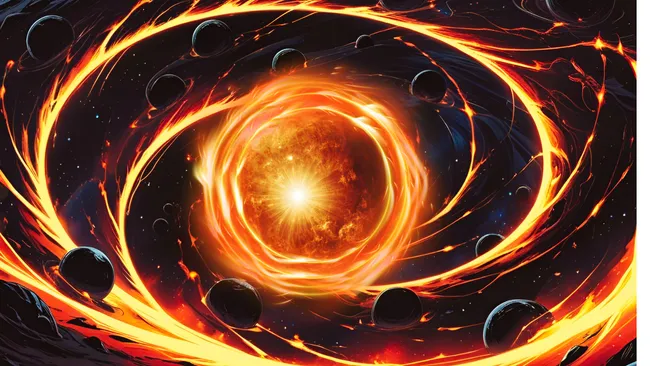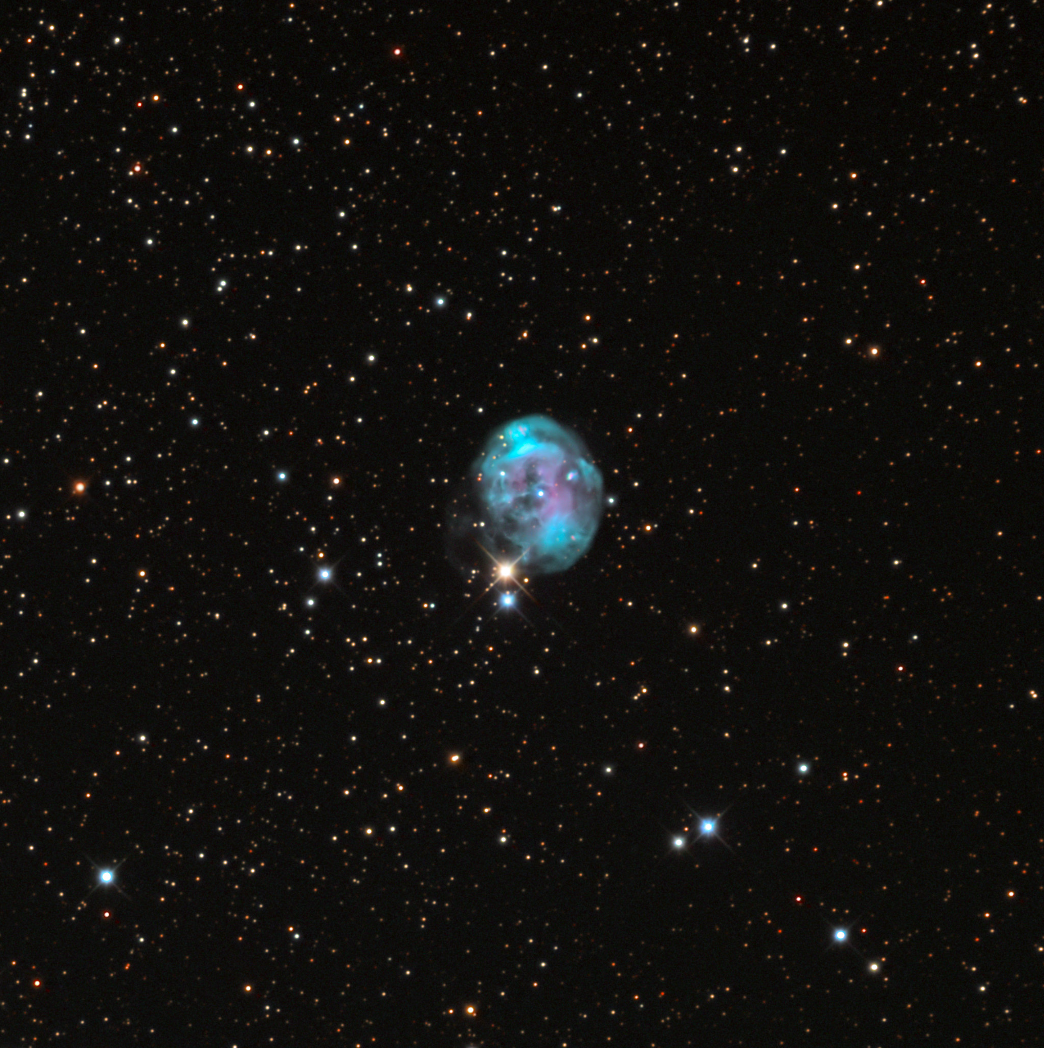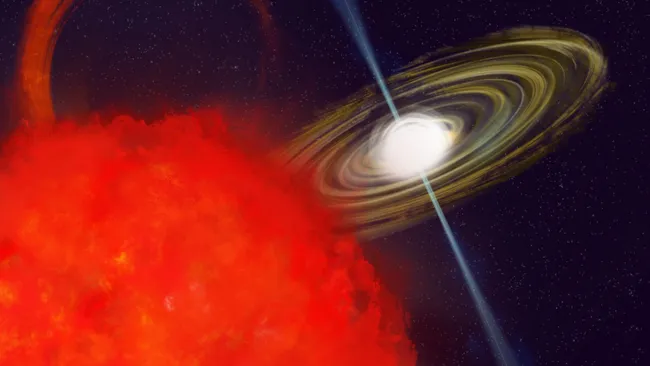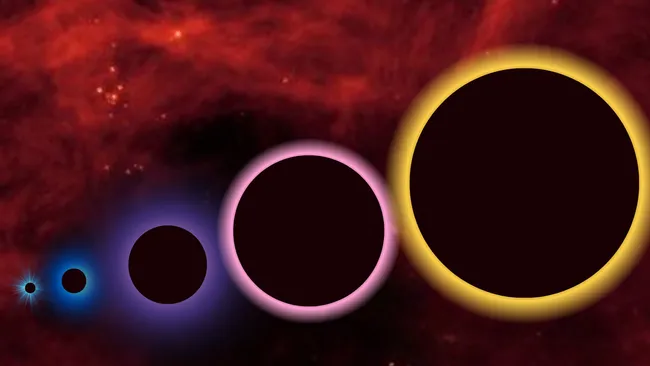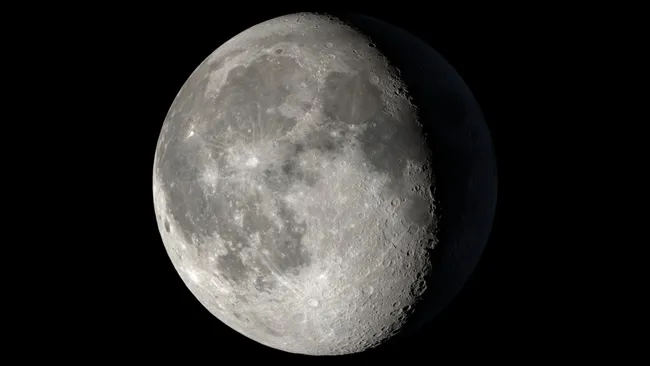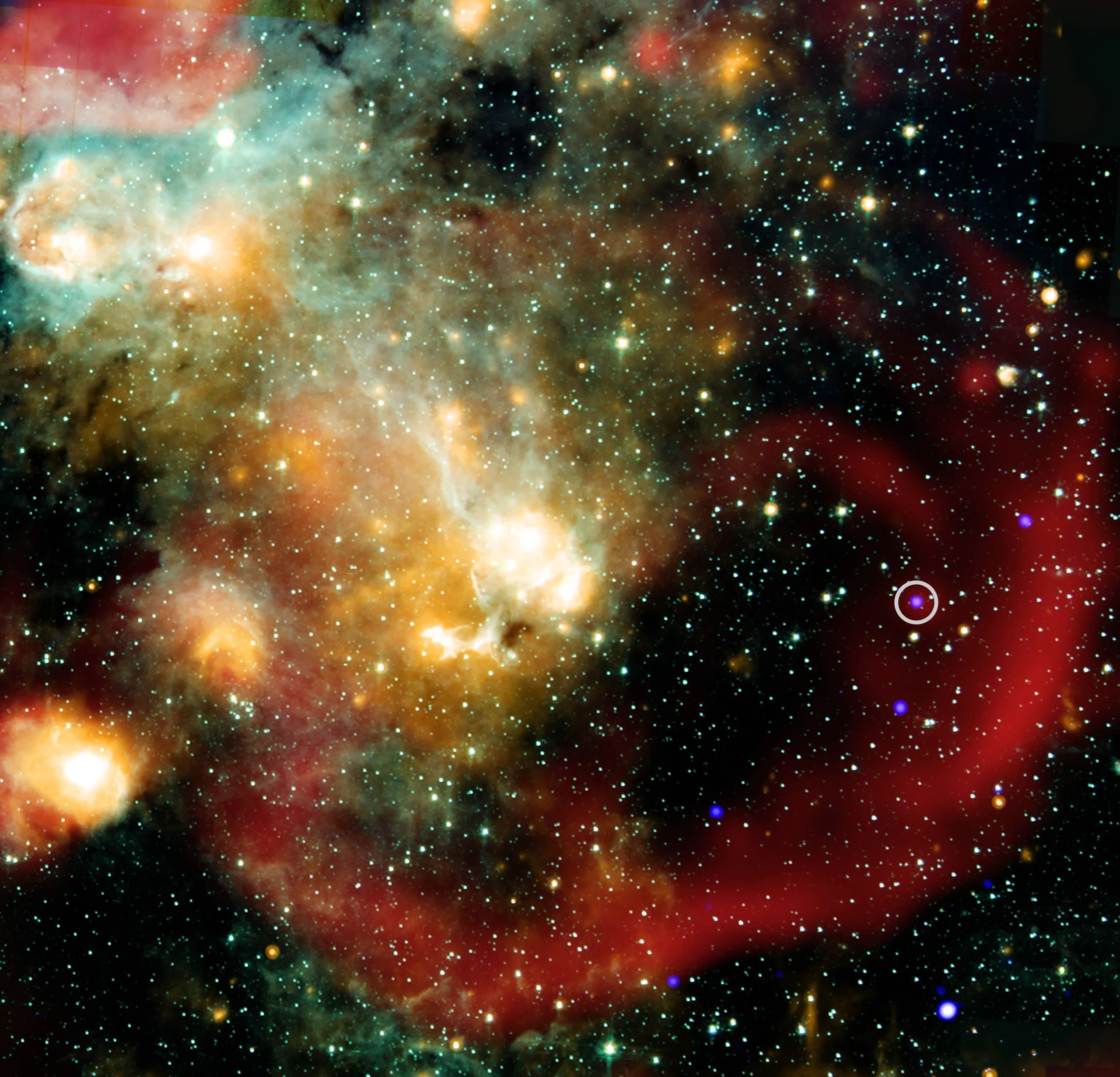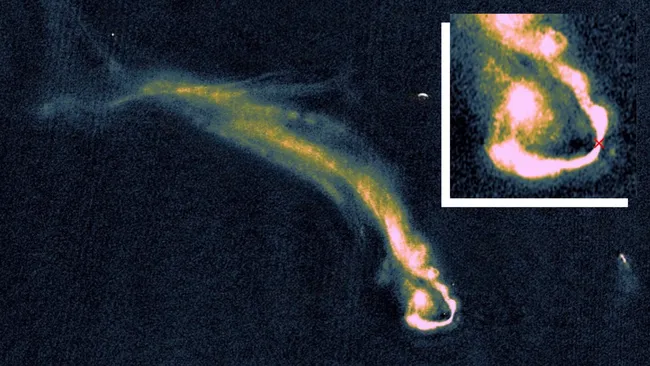A groundbreaking study has unveiled fresh insights into how primordial black holes, ancient entities possibly born right after the Big Bang, may have played a critical role in shaping the first stars of the universe. These elusive cosmic objects are now seen not just as astronomical curiosities, but as key suspects in solving the long-standing mystery of dark matter.
The study’s simulations hint that these black holes might have acted as “cosmic midwives,” shepherding gas and matter into dense pockets where the first luminous bodies, or Population III stars, could ignite. Alternatively, they might have disrupted these early star-forming clouds, heating and dispersing them before collapse could occur.
“We investigated how primordial black holes — ancient black holes that may have formed in the very early universe — could have influenced the birth of the first stars,” said Stefano Profumo of the University of California, Santa Cruz.
Using high-resolution simulations with GIZMO software, Profumo and his team discovered a delicate balance: primordial black holes with masses between 1,000 to 10,000 solar masses could trigger early star formation. These massive objects would cause local density fluctuations, allowing dark matter halos to form faster and assist in creating stellar nurseries.
Yet, there’s a twist — too many massive black holes would cause stars to form too early, contradicting current observations. On the flip side, if low-mass black holes were too numerous, they would heat the surrounding gas, suppressing star formation.
“This is a classic Goldilocks problem,” Profumo explained. “Their masses and populations must be just right to help, not hinder, the early cosmic evolution.”
The implications for dark matter candidates are substantial. Since primordial black holes are not composed of normal matter and don’t interact with light, they remain on the table as contenders. But this study sets new boundaries: their mass and quantity must align with the universe’s evolutionary timeline.
“If primordial black holes are too massive or too abundant, they’d make the first stars show up too soon,” said Profumo. “Too small and too abundant, and they’d stop stars from forming at all.”
The study proposes that if we detect galaxies or stars formed as early as 15 million years after the Big Bang, as opposed to the current model of 100–200 million years, it would support this black hole-assisted scenario. Future observations from the James Webb Space Telescope (JWST) or other next-generation instruments might confirm this by peering deeper into the cosmic dawn.
Looking ahead, the research team aims to refine their simulations. Rather than assuming uniform black hole masses, they will explore more realistic distributions and larger cosmic volumes to better understand how these objects influenced both stars and galaxies.
While primordial black holes remain hypothetical, this study brings us one step closer to understanding how the first stars — and possibly even dark matter — came to be.

